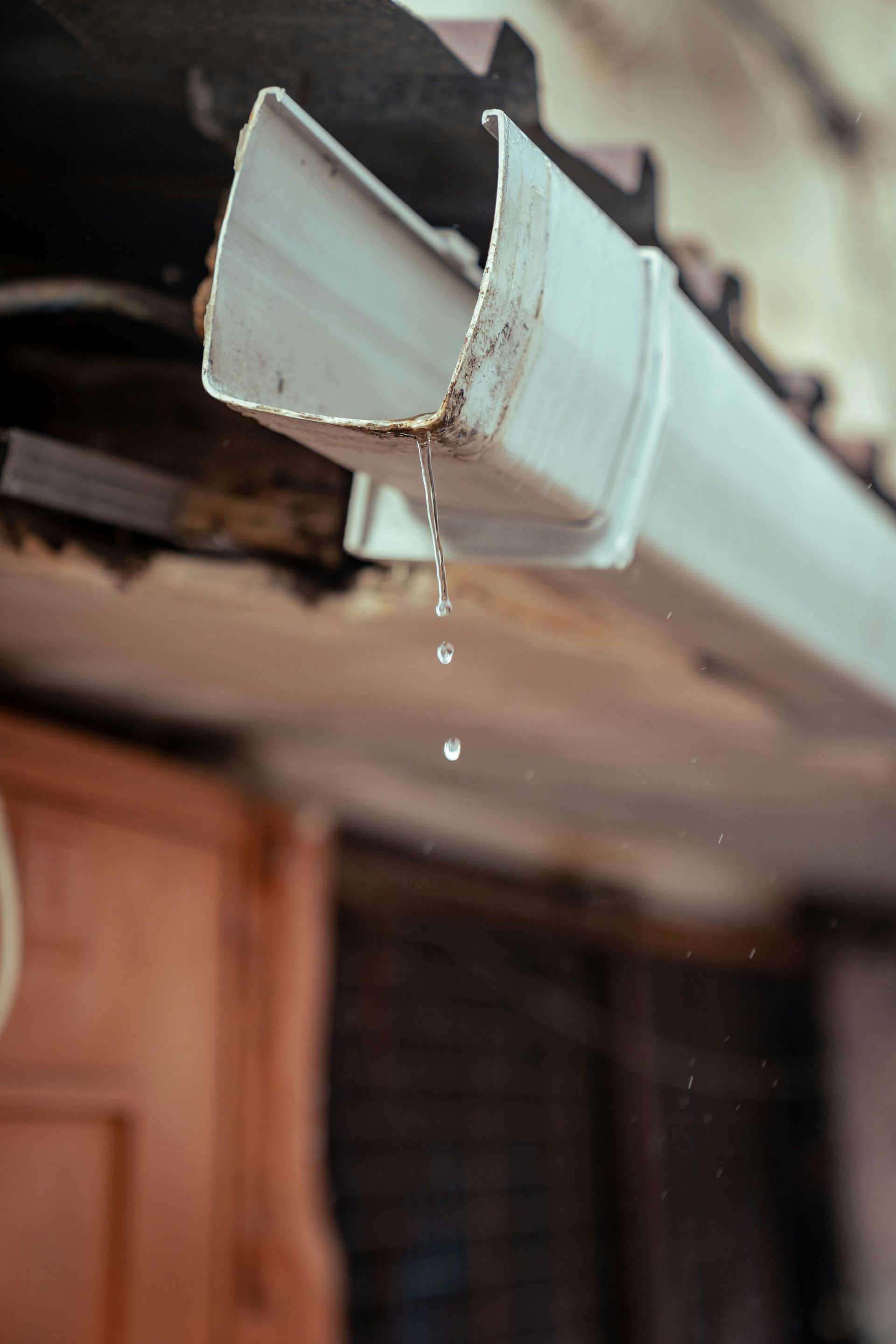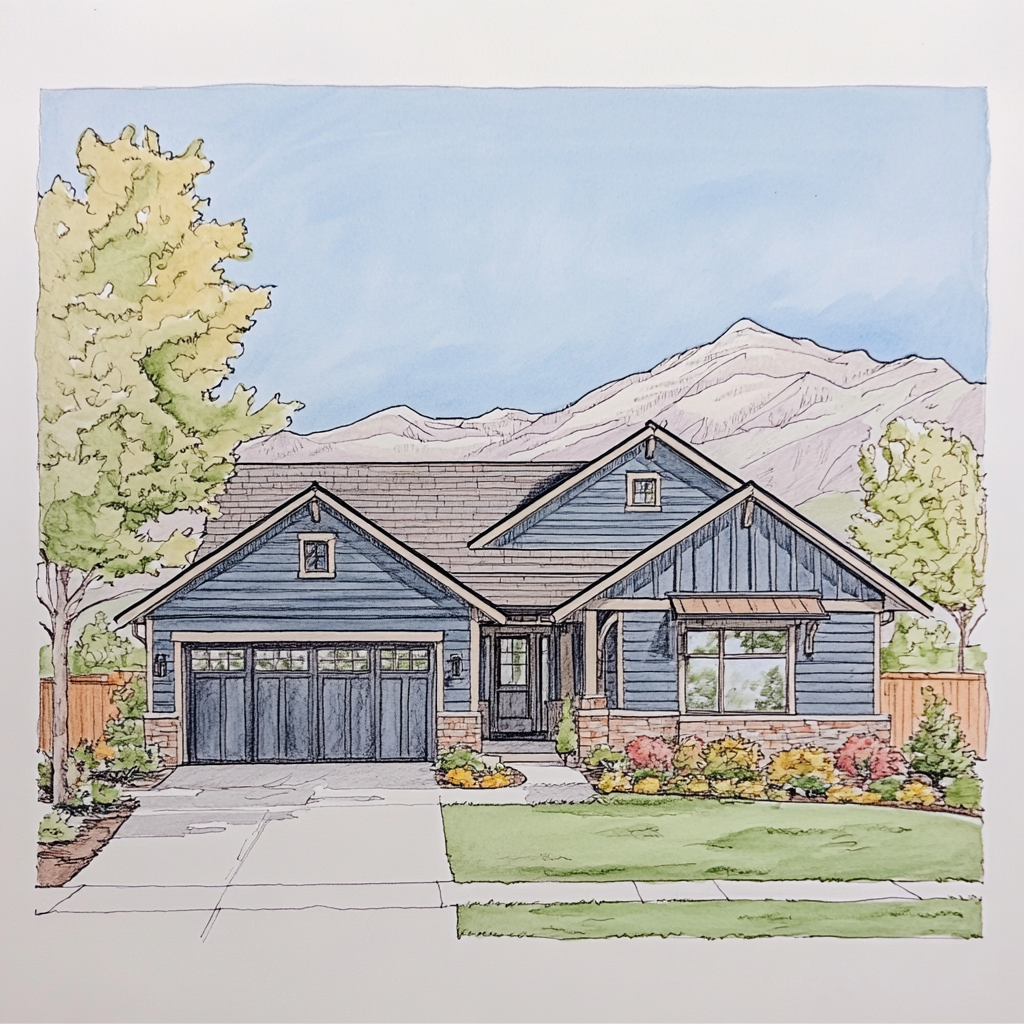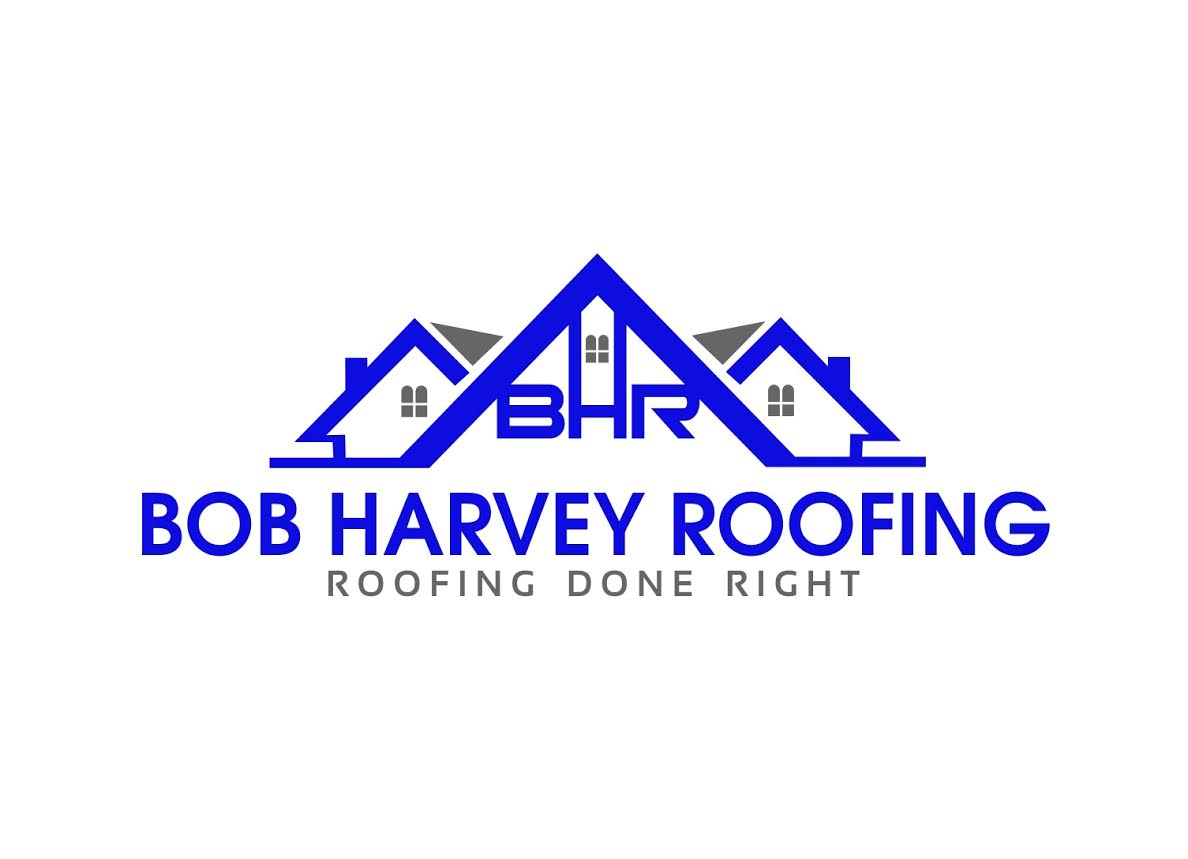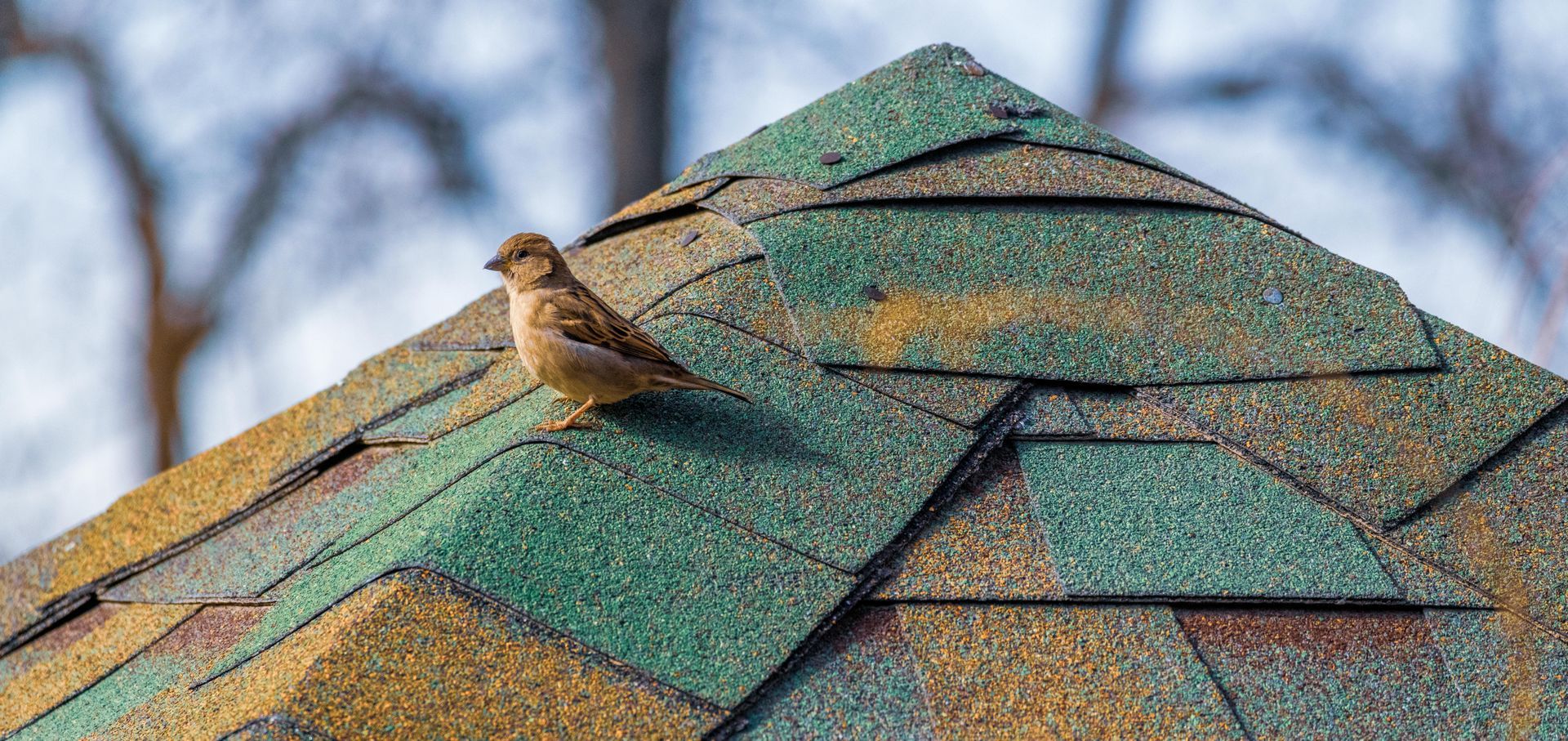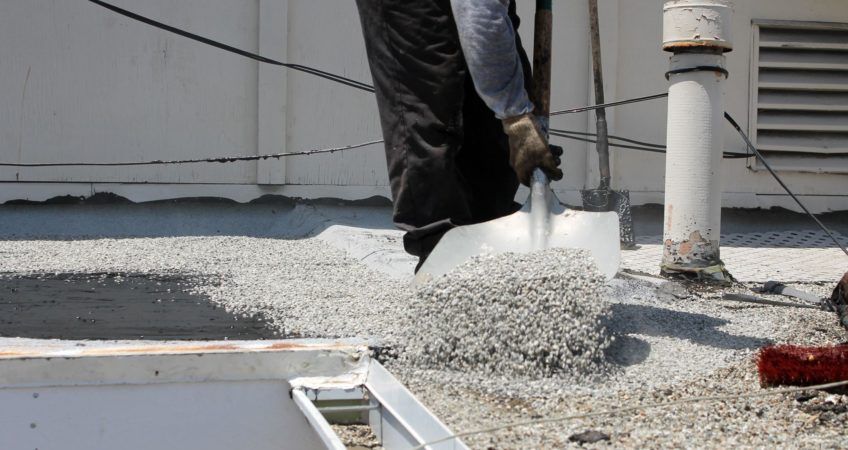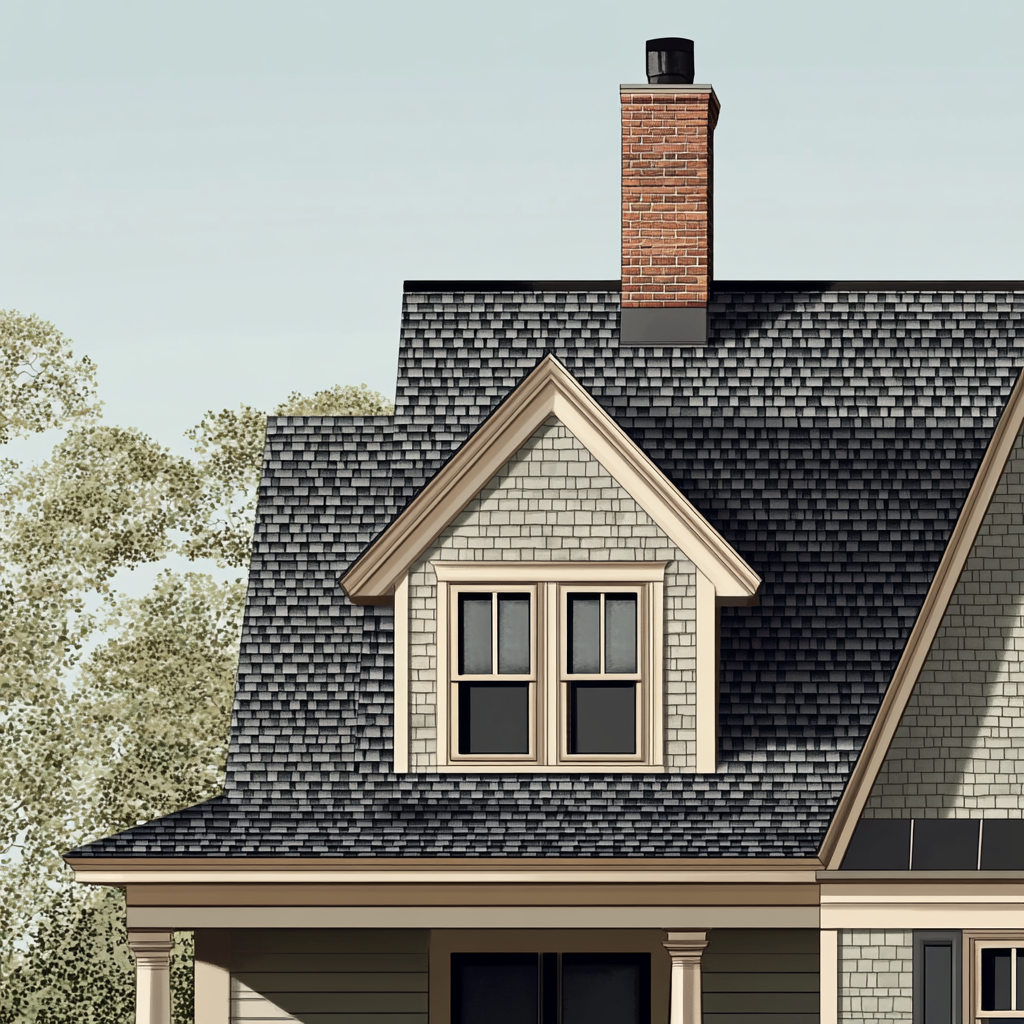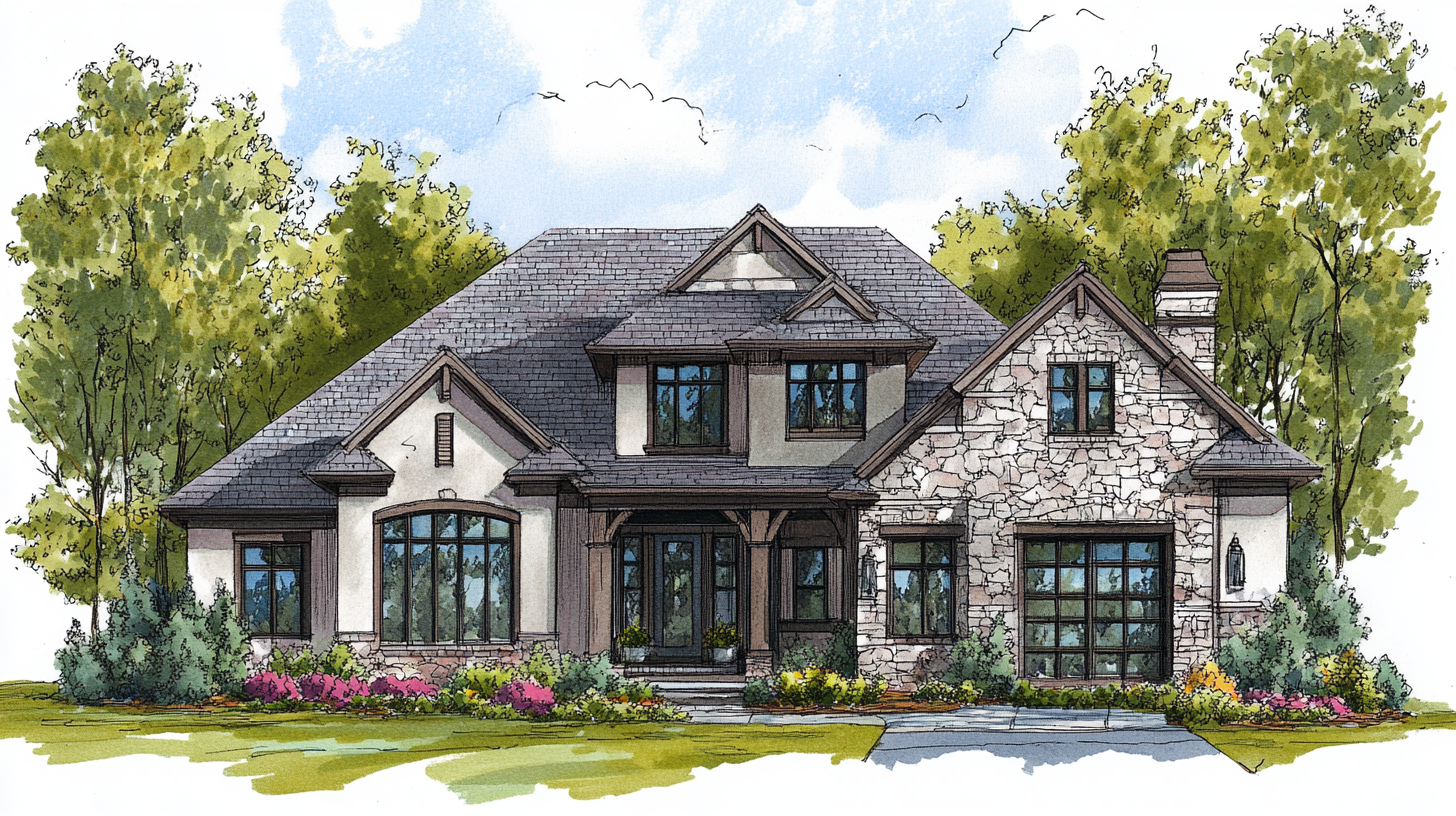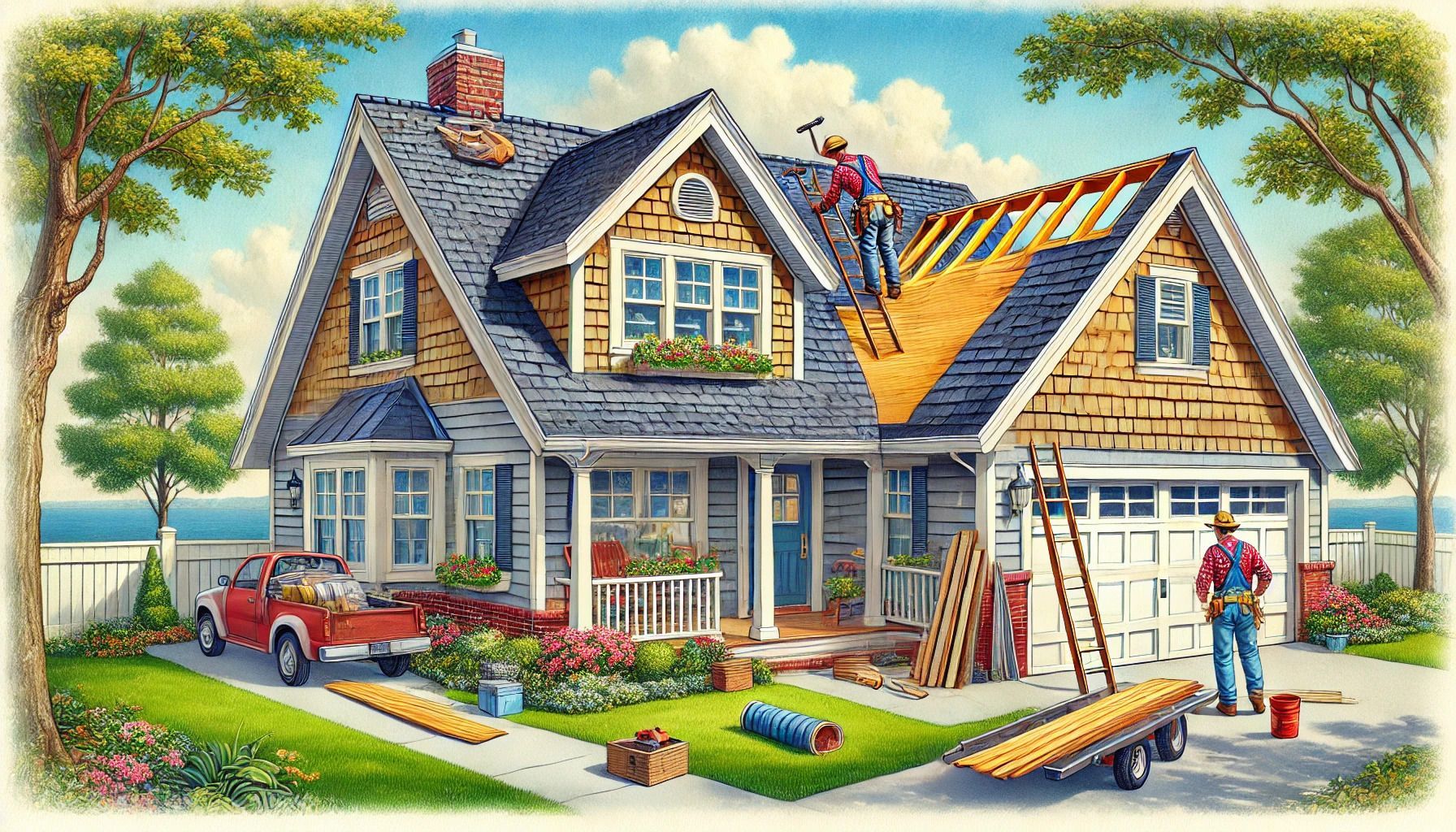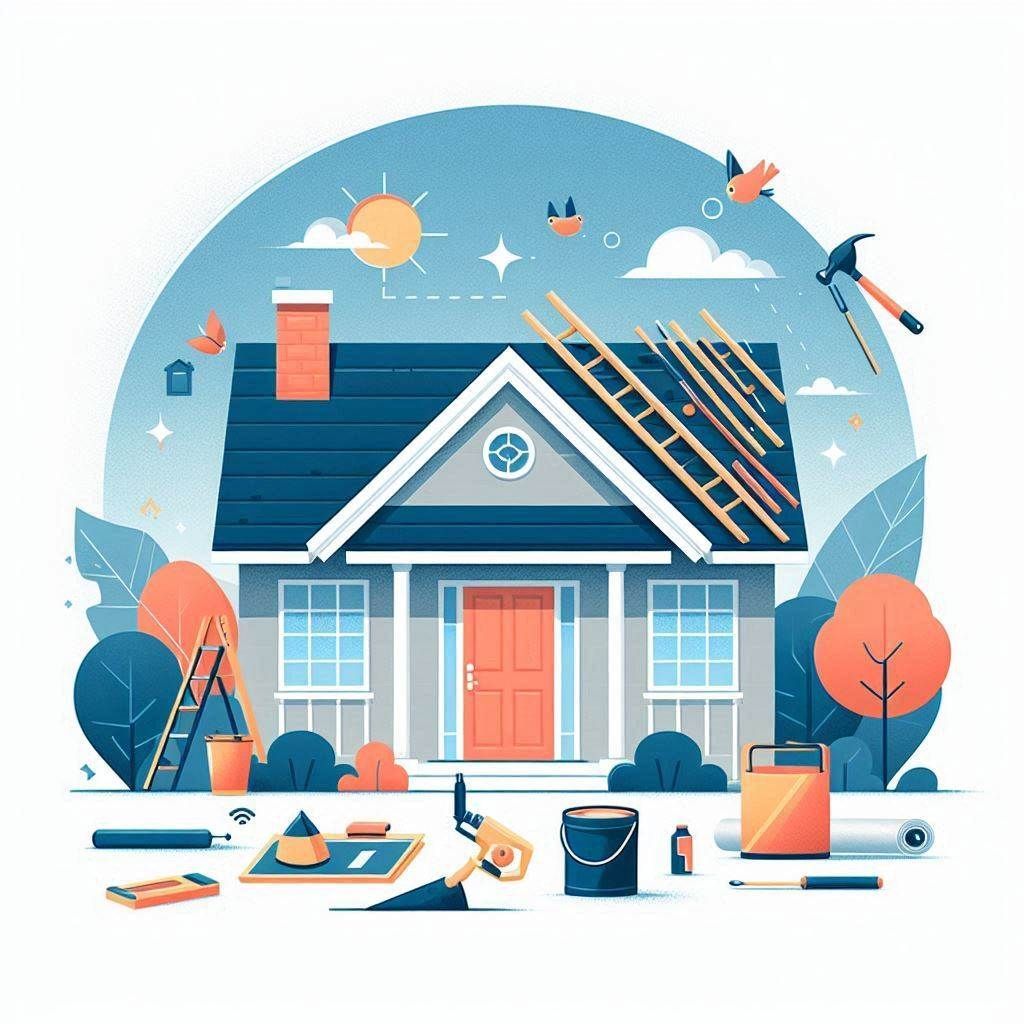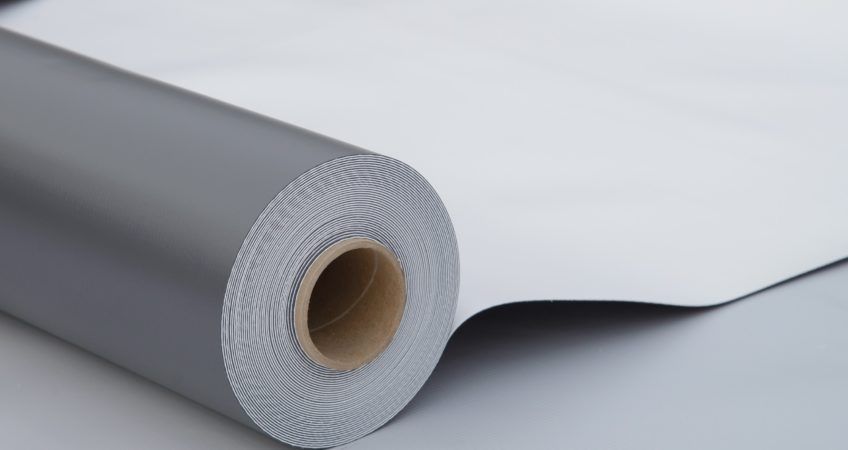
PVC Membrane (Duro- Last) Roofing In Utah
Bob Harvey Roofing • January 28, 2021
Duro-Last Roofing
Alongside metal and TPO Membrane roofing types, PVC Membrane (Duro-Last) roofing ranks among the most popular roofing types, according to roofing contractors, Utah. Duro- Last is quite the unique roofing product, which is based on swimming pool liners.
The roofing membranes are prefabricated off-site, then installed on-site. This is the only product in the market that offers pre-fabrication of the whole roofing system. The roofing membranes are available in various thicknesses, as best suits your application. There is a complete range of custom accessories from drain sleeves to stack flashings for all Duro-Last roofing membranes.
Advantages of Duro-Last
Duro-Last PVC roofing membranes have been in the market for decades, and their popularity continues to grow by the day. This steady popularity is, thanks to the roofing system’s many advantages, which include the following:
1. Precision Fabrication
Every Duro-Last roofing membrane is manufactured to size and in compliance with strict quality control standards. This precise fabrication helps to avoid installation seaming and ensuring that the membranes fit perfectly.
Couple that with excellent workmanship by your roofing contractors and you have a leak-free roofing system that will guarantee protection for a long time. You have a roofing system sized just right for your property’s roof size and design.
2. Energy Efficiency
Duro-Last membranes come in a wide range of colors. The white membrane boasts of the highest retained reflectivity rating among single-ply membranes. This is according to the Energy STAR ratings of roof products by EPA.
This high energy efficiency translates to great savings on your heating and cooling needs. You also won’t have to worry about the heat island effect, which can get quite bad during those scorching summers.
3. Unmatched Durability
Duro-Last roofing membranes are very durable and built to be long-lasting. It will be a very long time before you have to think of replacing your roof. The membranes are highly-resistant to grease and chemicals. It is also highly resistant to and holds up quite well against the impact of high winds and punctures. The membrane also has a non-wicking scrim, which means you don’t have to worry about water damage as the membrane will not pull in water.
The thermoplastic formulation used in the manufacture of these membranes consists of super flame retardants that make the roofing fire-resistant. The formulation also includes UV absorbents and stabilizers, which helps the roofing to hold up quite well in the hot sun, and when there are extreme temperature fluctuations.
4. Easy Installation
Duro-last is perfect for both new roof installations and roof overlays. With an overlay, you don’t have to worry about the cost of tearing off the old roof. Roofing contractors, Utah, use either of two installation methods; glueing down the Duro-Last roofing membrane or mechanically attaching the roofing by screwing it down. The latter is the most commonly used method of installation.
Because all the fabrication is done off-site, the installation process is quite simple, and it shouldn’t take qualified roofers too long to complete the job. Even the accessories such as flashings for HVAC curbs, pipes, and drains are fabricated in the factory, meaning the roofers will not spend any time creating them during installation.
Installation is safe and quiet as it doesn’t require loud machinery. You also don’t have to worry about the release of noxious fumes and hazardous material. Bob Harvey Roofing is a certified Duro-Last roof installer, with service areas all across Northern Utah.
5. Maintenance-Free Roofing
What should you do to maintain your Duro-last roofing system? Virtually nothing. There is no strict maintenance schedule that you should stick to in order to avoid voiding your warranty. Roofing contractors in Utah , can give you a few pointers on easy do’s and don’ts to keep in mind after installing the roofing membranes.
Should your roofing system require repairs, you should always call on a professional roofing contractor. Ensure that you take care of the repairs in good time to preserve the integrity of your Duro-Last roofing system.
6. Backing of Excellent Warranties
Duro-Last offers a standard 15-year warranty that is very comprehensive. The warranty covers damages resulting from the defects in the material and/ or installation. This manufacturer-direct warranty is non-prorated and carries the labor warranty for the full duration of the warranty period.
Duro-Last is one of a select few roofing product manufacturers whose warranties are fully transferable. This provision is in recognition of the fact that the commercial buildings on which Duro-Last roofing systems are popularly installed get flipped all the time, changing ownership.
There are many inherent benefits to the Duro-Last roofing system as outlined. Roofing companies utah , like Bob Harvey Roofing, go through a rigorous vetting process before being trained on installing the roofing systems in accordance with the specs and warranty requirements.
